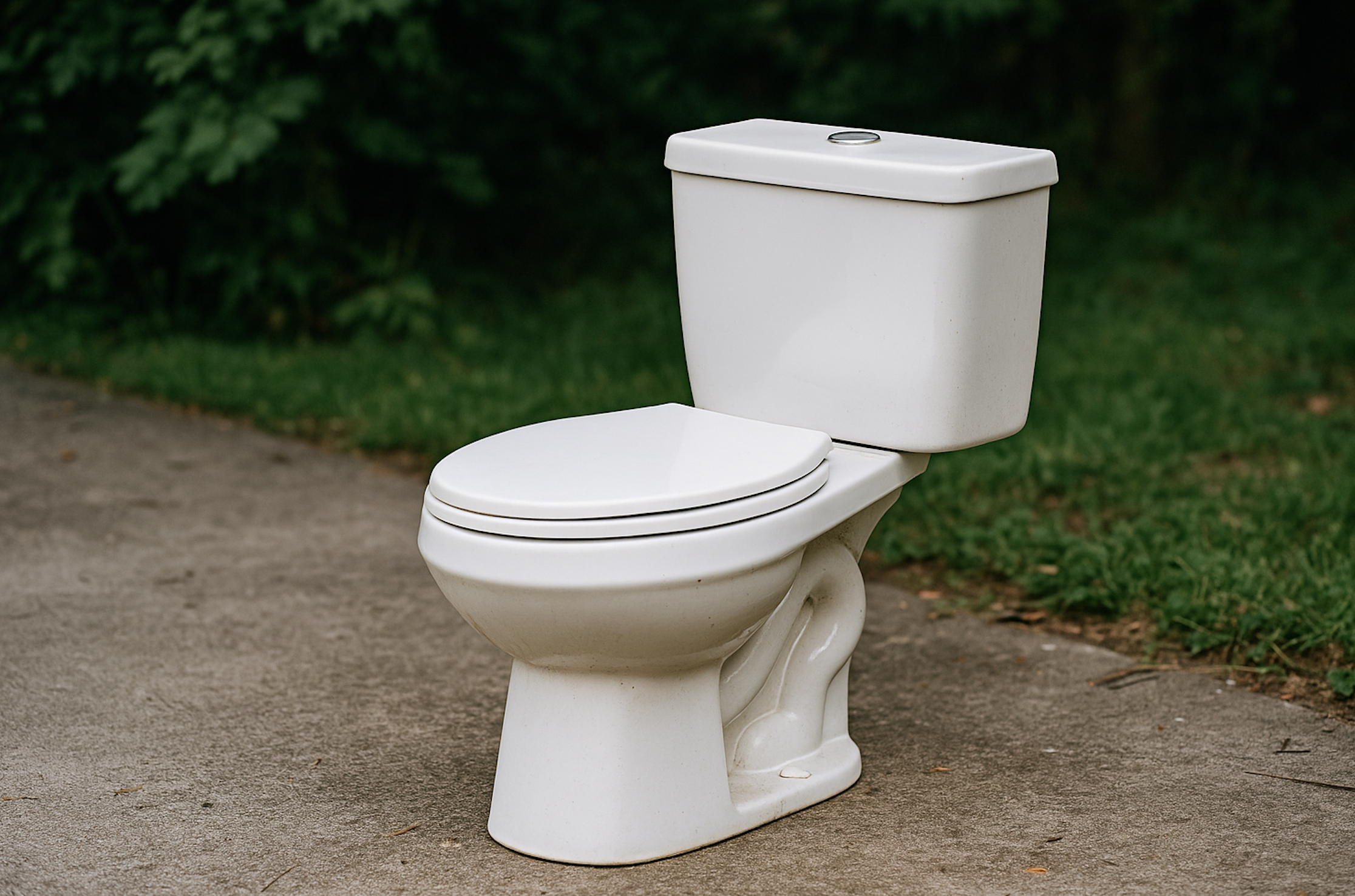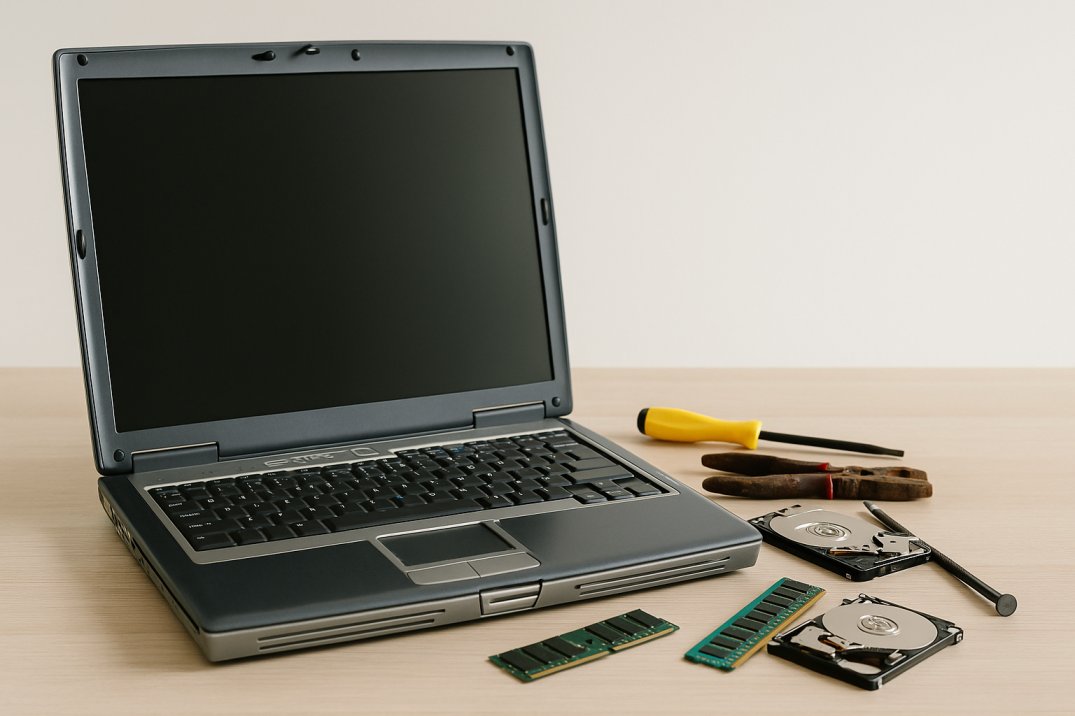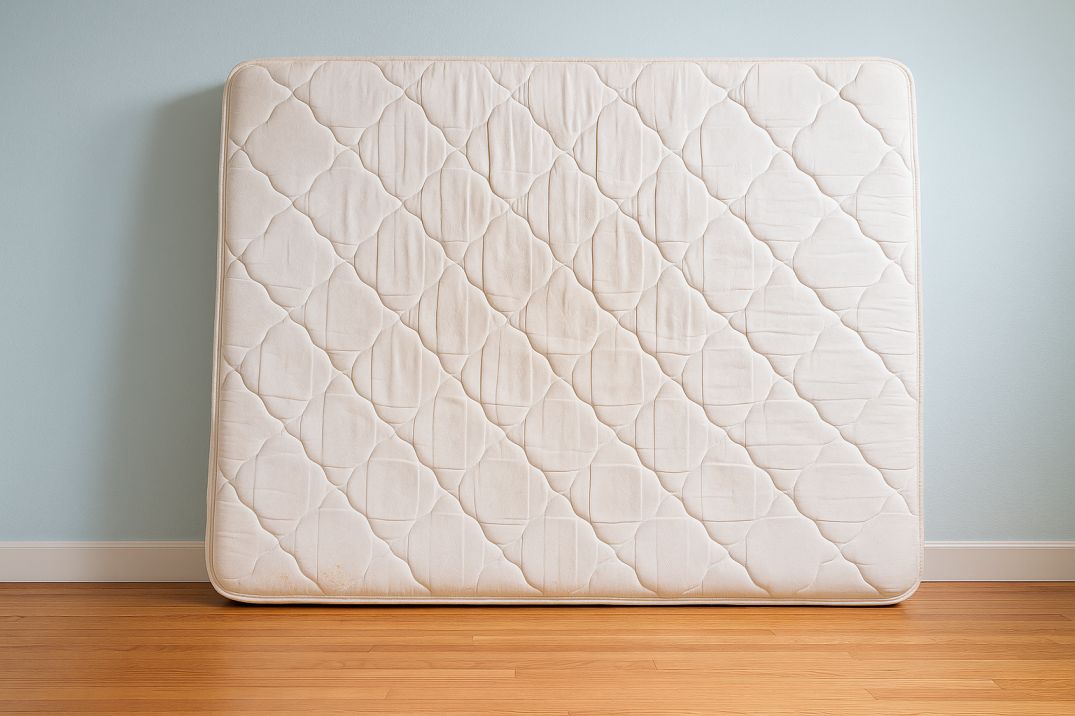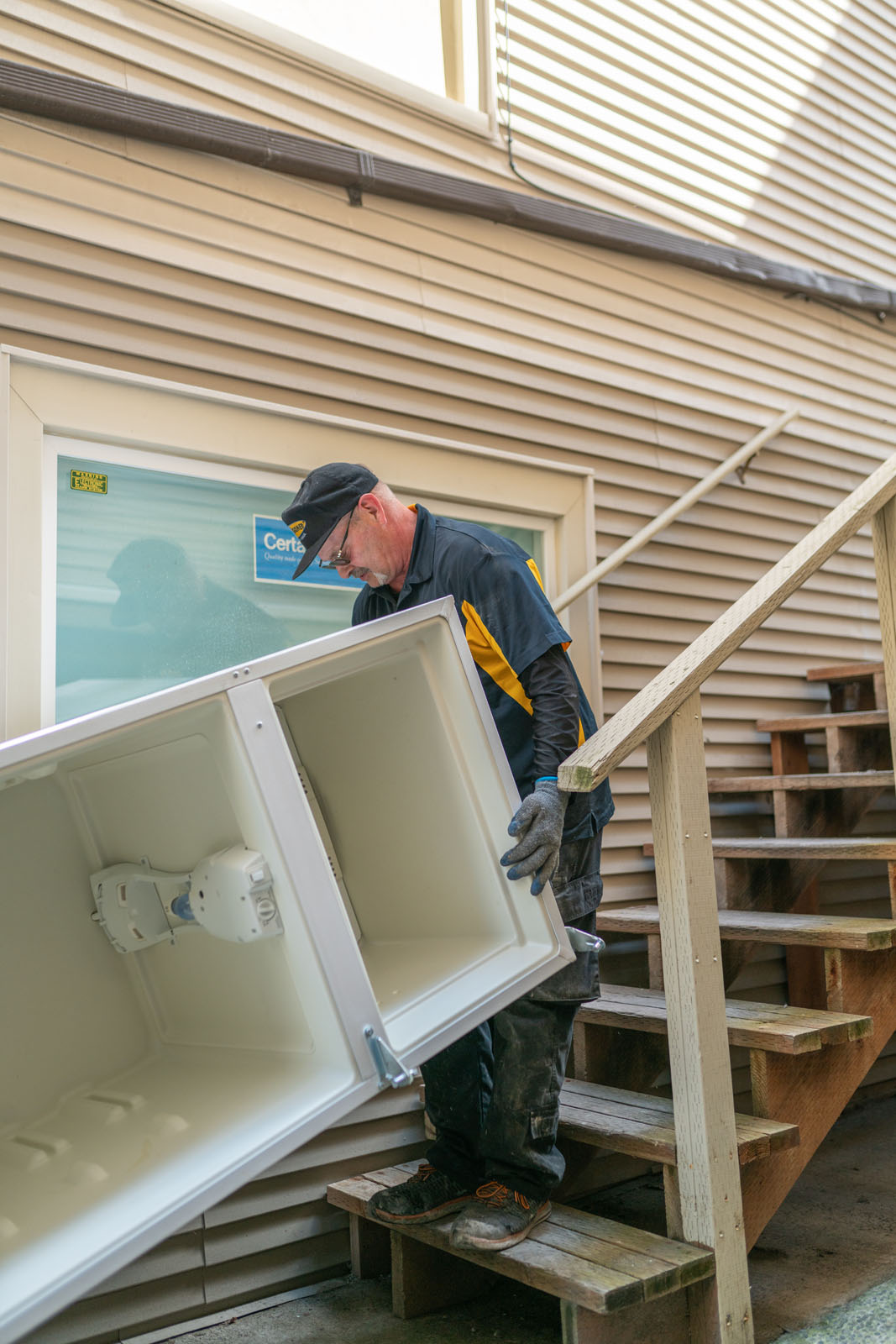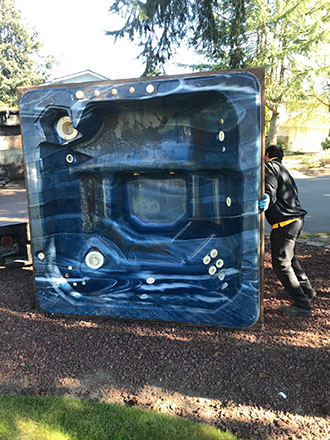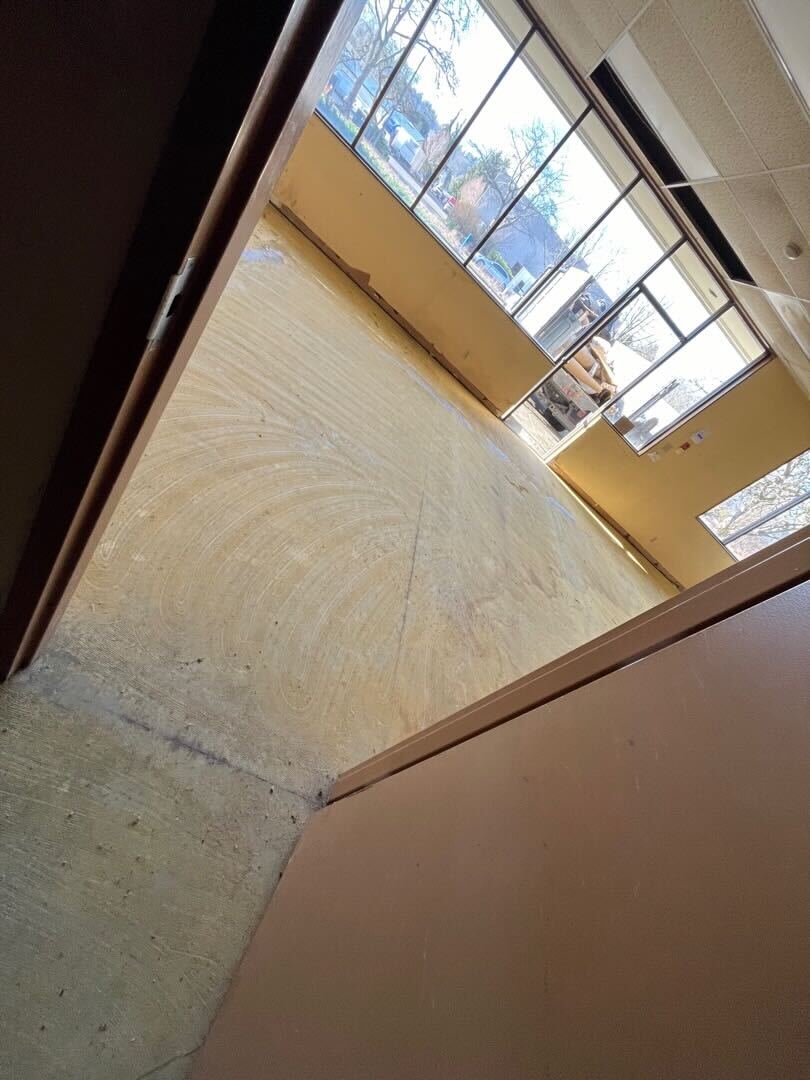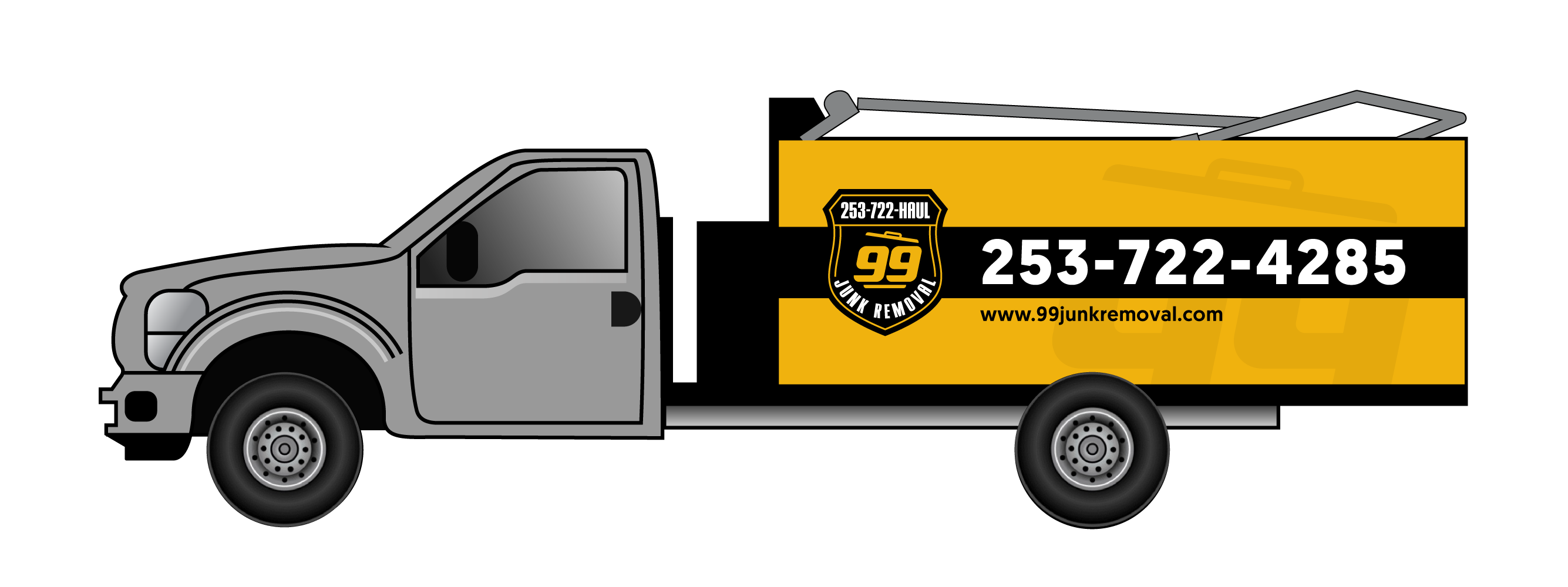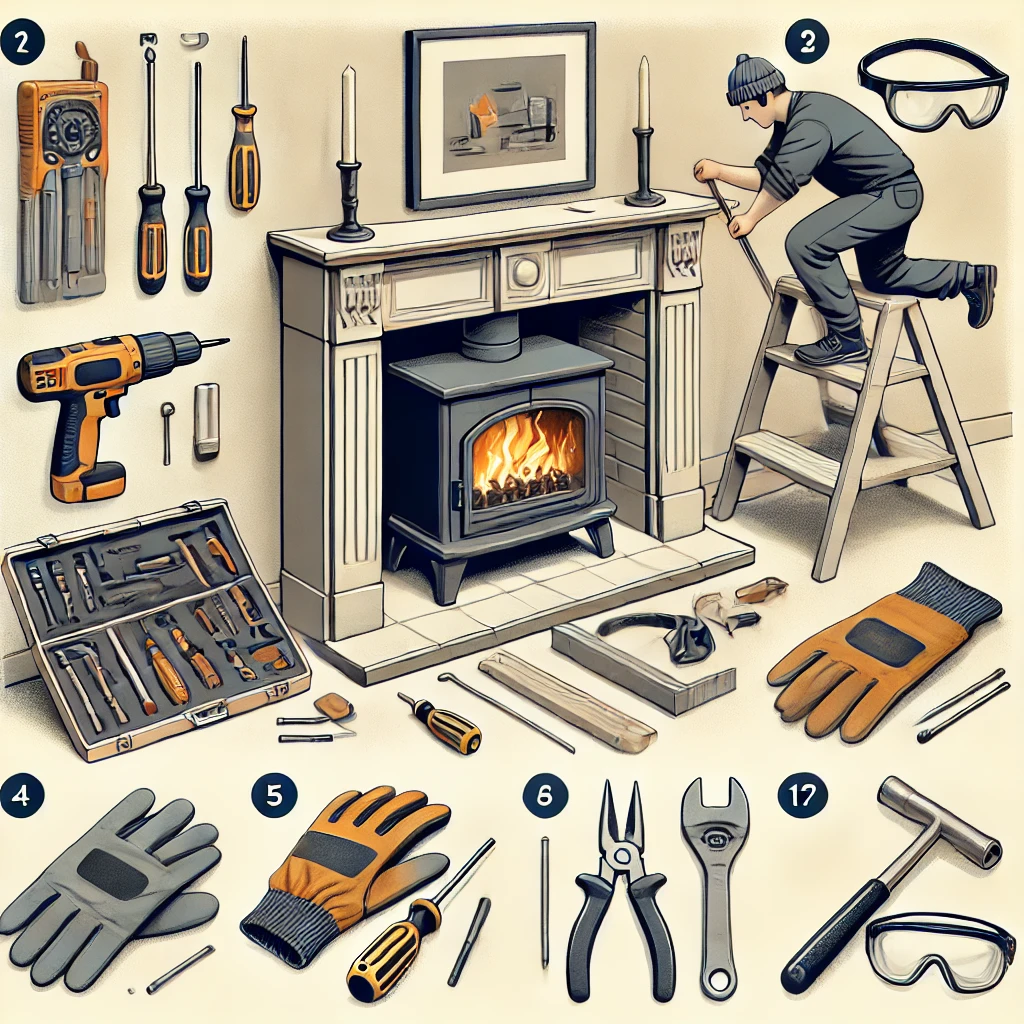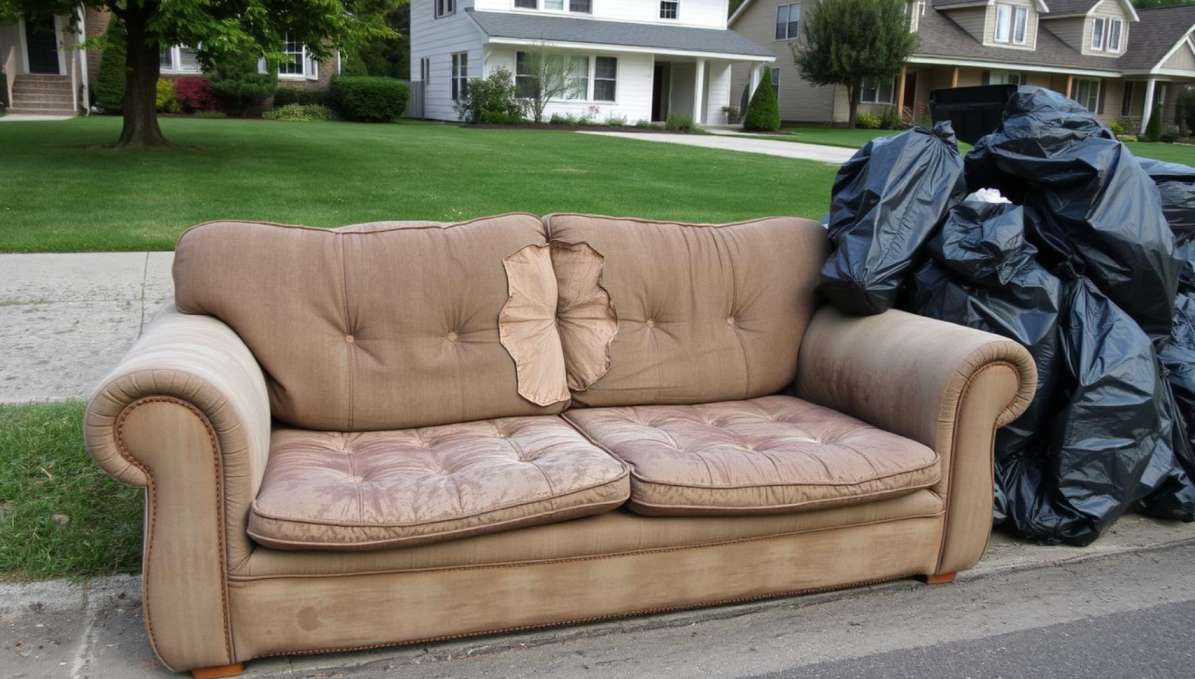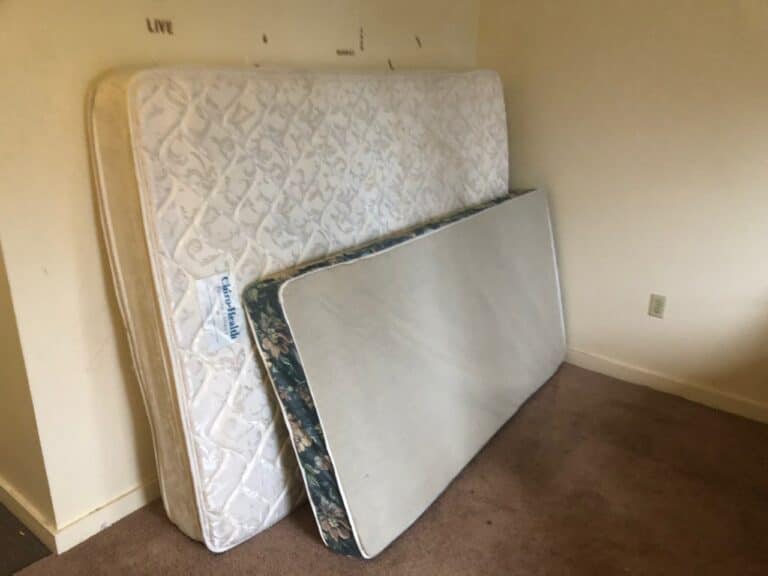
Donating used items has become a heartwarming norm. It’s our way of giving back, ensuring our once-loved belongings find new life with someone in need. From clothes to furniture, the act of donation carries the spirit of community and sustainability. But, when it comes to mattresses, the story takes a twist.
Mattresses, despite being a crucial part of our daily comfort, face a unique set of challenges in the donation world. It’s not just about finding a new home for an old mattress. There are health concerns, legalities, and logistical hurdles that complicate the process. Unlike a gently used coat or a bookshelf, mattresses carry with them concerns that go beyond wear and tear.
In the following sections, we’ll dive into why your good intention to donate a mattress might hit a few roadblocks. It’s a journey through the complexities of health, hygiene, and the high standards donation centers must adhere to. Let’s unravel the story behind the challenges of mattress donation, making it easier to understand why this act of kindness isn’t as straightforward as it seems.
1. Health and Hygiene Concerns
When it comes to mattresses, beneath the surface lies a world we’d rather not think about. Dust mites, sweat, and other bodily fluids can seep deep into the fibers over years of use. These aren’t just icky; they pose real health risks, especially to those with allergies or respiratory issues.
And here’s the rub: mattresses are notoriously difficult to sanitize. Sure, you can vacuum the surface or even steam clean, but these methods barely scratch the surface. The core of the mattress, where most of the allergens and bacteria reside, remains untouched.
This isn’t just about a stain or two. It’s about the unseen, the parts of a mattress that a simple cleaning can’t reach. That’s why donation centers are so cautious. They’re not just being picky; they’re protecting the health of the next person who might use that mattress. It’s a tough pill to swallow, especially when you’re trying to do good by donating, but it’s a reality we can’t ignore.
2. Bedbug Infestation Risks
Bedbugs are the uninvited guests who can turn any mattress donation into a nightmare. These tiny pests are experts at hiding and even better at spreading. Once they’ve made a home on a mattress, they’re nearly impossible to evict without professional help. And here’s the kicker: bedbugs aren’t picky. They don’t care if your mattress is a high-end model or a budget-friendly option. If they find a spot to settle in, they’re staying.
The problem with donating a mattress that might have bedbugs is akin to passing on a ticking time bomb. The cost and effort to get rid of bedbugs are astronomical. We’re talking about professional exterminators, multiple treatments, and even then, there’s no guarantee of success. For donation centers, the risk is just too high. They can’t take the chance of infesting their entire facility or, worse, passing the problem on to someone else.
It’s a tough situation. You might have the best intentions, wanting to give your old mattress a second life. But the risk of bedbugs and the challenges in ensuring a mattress is completely free of them make mattress donations a complex issue. It’s not just about cleanliness; it’s about safety and responsibility.
3. Strict Donation Policies
Donation centers aren’t just being picky when they turn away your mattress; they’re following strict health and safety standards. These guidelines aren’t just for show. They’re in place to protect everyone involved – from the staff at the center to the next person who might use your donated item.
Think about it. A mattress is a very personal item, used nightly for years. Because of this, donation centers have policies that are as tight as a drum. Most will flat-out refuse mattresses due to the potential for hidden problems like bedbugs, bacteria, and bodily fluids we mentioned earlier.
It’s not that these centers don’t want to help; they do. But they must balance their desire to assist with the need to ensure safety and health. So, when they say no to a mattress, it’s not a reflection on you or the quality of your donation. It’s them adhering to regulations designed to keep everyone safe. It’s a tough pill to swallow, especially when you’re trying to do good, but understanding these policies helps us see the bigger picture.
4. Legal and Regulatory Restrictions
State and local regulations around mattress donations aren’t just bureaucratic red tape; they’re a safety net for public health. These laws are crafted with a clear purpose: to ensure that every item passed from one home to another doesn’t carry hidden health risks.
When it comes to mattresses, the rules get even tighter. Why? Because mattresses are intimate items, closely involved in our daily lives. They can harbor allergens, pests, and other health hazards that aren’t always visible to the naked eye. Regulations on mattress donations are designed to prevent the spread of these potential health risks, making sure that a well-intentioned donation doesn’t inadvertently harm someone else.
These laws might seem like they’re making it harder to donate, but they’re really about protecting us all. They ensure that donations do good, not harm. It’s all about keeping the community safe and healthy, one mattress at a time.
5. Environmental Impact
Disposing of a mattress isn’t just about getting rid of an old item; it’s an environmental decision. Mattresses are bulky and complex, made from materials that don’t easily break down. This means they can take up precious space in landfills for decades, if not longer. The environmental footprint of tossing out a mattress is bigger than you might think.
Recycling a mattress is a great idea in theory, but it’s not as straightforward as recycling a cardboard box. Mattresses are made from a mix of materials – metal springs, foam, fabric – all tightly intertwined. Separating these components for recycling is a Herculean task. It requires specialized equipment and a lot of labor, making it a challenging and costly process.
Yet, the effort to recycle is crucial. Every mattress that’s dismantled and recycled is one less in the landfill, reducing environmental harm. It’s a complex puzzle, but solving it is key to making our planet healthier.

6. High Transportation and Storage Costs
The bulky nature of mattresses presents a real headache for charities, not just in terms of moving them around but also in storing them. Imagine trying to squeeze a giant sponge through a tiny hole. That’s what it feels like for charities trying to manage the logistics of mattress donations. The size and weight of mattresses mean transporting them requires significant resources, often more than charities can spare.
Then there’s the issue of storage. Most donation centers have limited space, a precious commodity that must be used wisely. Storing a single mattress can take up the room of several smaller, more easily distributed items. It’s like playing a game of Tetris where the mattresses are the awkwardly shaped blocks that just don’t fit.
This logistical challenge translates into high costs for charities, from transportation to storage. It’s not that they don’t want to help; it’s that the practicalities of dealing with such large items can be overwhelming. The impact is clear: these limitations significantly reduce the ability of charities to accept and manage mattress donations, no matter how much they want to.
7. Limited Lifespan and Durability
A mattress, much like a loyal friend, is with us through thick and thin, but it doesn’t last forever. The average lifespan of a mattress hovers around 7 to 10 years, depending on how well it’s cared for. Over time, wear and tear take their toll. Springs start to sag, foam loses its firmness, and what was once a cloud to sleep on begins to resemble a lumpy boulder.
This wear significantly affects a mattress’s usability. Imagine handing down a mattress that’s more dip than support; it’s not exactly the gift of sweet dreams. Usability is key, and as mattresses age, they simply don’t offer the comfort or support they once did.
Donation centers are all about extending the life of usable items, but with mattresses, it’s a bit tricky. They prefer items that still have a long usable life ahead of them for a simple reason: longevity means more value to the next owner. A gently used table or chair can serve a new home for years to come, making them ideal donation items. Mattresses, on the other hand, often reach donation centers well into their twilight years, making them less desirable for both the centers and those in need. It’s a tough reality but understanding this helps us see the bigger picture when it comes to donations.
8. Alternatives to Mattress Donation
Eco-friendly mattress removal doesn’t have to be a puzzle. Recycling programs are a fantastic start. Many cities offer services that break down your mattress into recyclable materials, giving its components a second life. It’s a win for the environment, keeping those bulky items out of landfills and reducing waste.
But what about getting a bit creative? Repurposing or upcycling an old mattress opens up a world of possibilities. The springs can be transformed into artsy sculptures or practical items like wine racks. Foam padding offers excellent material for pet beds, cushions, or soundproofing projects. Even the wooden frames have the potential as garden stakes or rustic decor.
These ideas not only extend the life of your mattress but also add a personal touch to your home or garden. It’s about looking at that old mattress not as waste but as a resource waiting for a new purpose. With a bit of imagination and effort, eco-friendly disposal becomes an opportunity for creativity and sustainability.

And there you have it, a comprehensive guide to navigating the tricky waters of mattress donation and disposal. Remember, while it might seem daunting at first, finding an eco-friendly way to part with your old mattress is entirely possible with a little know-how and effort. Whether you choose to recycle, repurpose, or seek out a recycling program, you’re making a choice that benefits not just your space, but the environment too.
But what if you’re short on time or resources to handle mattress disposal on your own? That’s where 99 Junk Removal comes in. We’re here to take the hassle out of mattress disposal for you. With our eco-friendly approach, we ensure that your old mattress is disposed of responsibly, giving you peace of mind and more space in your home.
Ready to clear out the old and make room for the new? Contact 99 Junk Removal today to schedule your pick-up. Let us help you with a seamless, eco-friendly disposal solution that’s just a click away.



